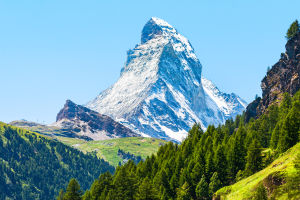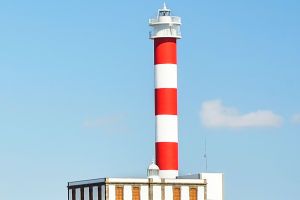The Gobi Desert is not just a place; it's a chronicle of Earth's past, layered in its sands and rocks. Among its many historical anecdotes, the discovery of the first dinosaur eggs stands prominent.
In the early 20th century, the American explorer Roy Chapman Andrews stumbled upon these prehistoric relics at what is now known as the Flaming Cliffs.
You may be curious about the first dinosaur eggs, in the early 20th century, a significant discovery took place in the Gobi Desert, which spans across Mongolia and northern China. This desert, with its harsh climate and vast dunes, turned out to be a treasure trove for palaeontologists.
The discovery of the first dinosaur eggs in the Gobi Desert is credited to an American expedition led by Roy Chapman Andrews. Andrews was an explorer and palaeontologist from the American Museum of Natural History. In the 1920s, his team set out to explore the Gobi Desert, aiming to uncover fossils and expand scientific knowledge about prehistoric life.
During one of their expeditions in 1923, Andrews' team made a groundbreaking find. In an area known as the Flaming Cliffs, they unearthed a nest of dinosaur eggs. These eggs were the first of their kind ever discovered, and they provided direct evidence that dinosaurs, like birds, laid eggs. This was a monumental moment in the field of palaeontology. The eggs were oval and measured about 8 inches in length. They were found in clusters, suggesting that some dinosaurs nested in colonies.
Further studies revealed that these eggs belonged to a type of theropod dinosaur, likely the Oviraptor. Initially, the name "Oviraptor" meant "egg thief" because it was thought the dinosaur was stealing eggs. However, later research suggested that Oviraptors might have been protecting their nests.
Best Time to Visit: The optimal time to explore the Flaming Cliffs is from late April to early September when the weather is mild, and the stunning red sandstone formations are most vivid under the glow of the warm sun.
Geographical Location: Situated in the Ömnögovi Province, these cliffs are easily accessible from Dalanzadgad, the region's capital, which serves as a gateway for many tourists venturing into the Gobi.
Practical Information for Travelers
Accommodation: Consider staying at the Gobi Mirage Camp. Located about 30 minutes from the Flaming Cliffs, this camp offers a comfortable yet authentic Mongolian experience. Prices range from $80 to $120 per night, including meals and basic amenities like hot showers and guided tours.
Dining: For a taste of local cuisine, visit the Nomadic Family Restaurant in Dalanzadgad. This eatery offers traditional Mongolian dishes, with meal prices typically between $5 to $10. It's a great way to experience genuine Mongolian hospitality and cuisine.
Travel Tips: When travelling in the Gobi, it's essential to be prepared for varying temperatures—hot during the day and cold at night. Pack accordingly, and always carry water, sunscreen, and hats for protection against the sun. English is not widely spoken outside major tourist spots, so having a guide or learning basic Mongolian phrases can enhance your experience.
In conclusion, visiting the Gobi Desert is an extraordinary adventure that offers more than just scenic beauty—it invites you to connect with history, culture, and the raw, unfiltered spirit of nature.


